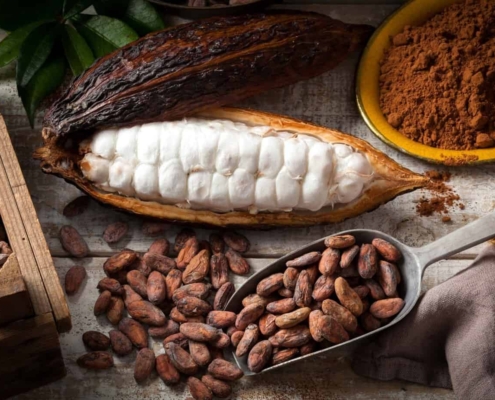 Joan Cass
Joan CassHealth Benefits of Cacao
Cacao is incredibly rich in antioxidants, particularly flavonoids. These antioxidants help protect cells from oxidative stress and damage caused by free radicals, potentially reducing the risk of chronic diseases like heart disease and cancer.
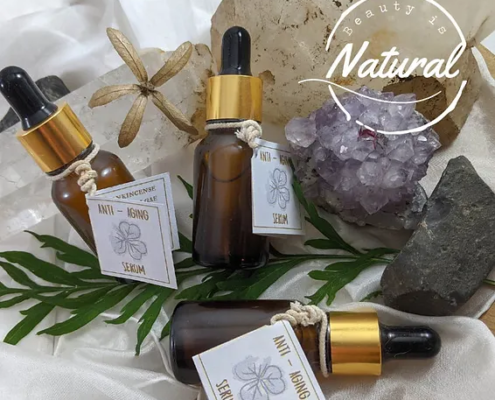 Joan Cass
Joan CassChemical Contaminants in Cosmetics
Chemical Contaminants in Cosmetics have been a cause for concern among consumers, regulatory agencies, and health organizations.
Some of these chemicals can potentially have negative effects on human health, ranging from skin irritation and allergies to more serious health issues like hormone disruption, reproductive problems, and even cancer.
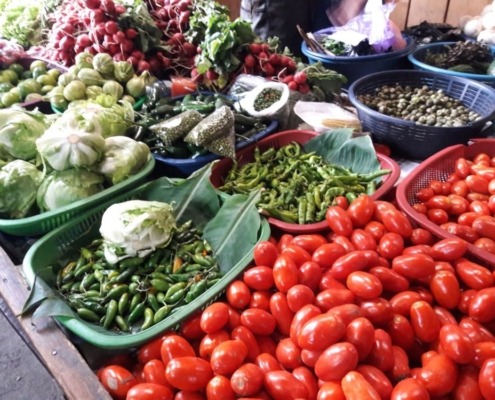 Joan Cass
Joan CassBenefits of taking Choline?
Benefits of taking Choline? Choline deficiency is relatively common, as the body can synthesize some choline and various dietary sources.
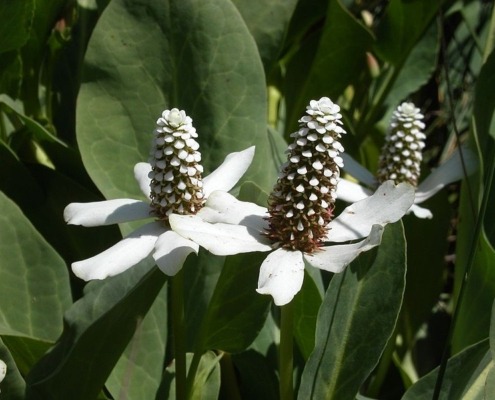 Joan Cass
Joan CassWhat herbs do Mayans use to heal themselves?
What herbs do Mayans use to heal themselves? The Mayans, civilization, had an extensive knowledge of medicinal plants and herbs for healing.
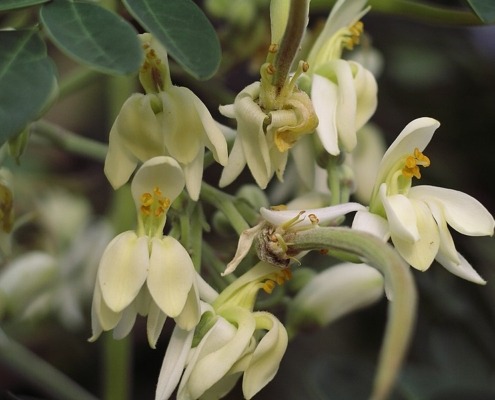 Joan Cass
Joan CassMayan’s use Moringa oleifera
Mayan's use Moringa oleifera, Moringa oleifera has been traditionally used in various Mayan cultures for its potential medicinal properties. Healing Practices: Mayan healers, often referred to as shamans or traditional medicine practitioners, relied on a deep understanding of the properties of local plants to treat a wide range of ailments.
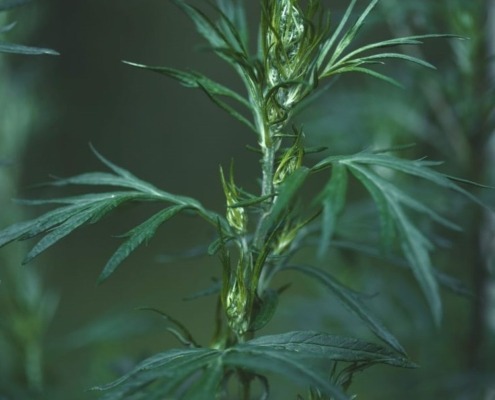 Joan Cass
Joan CassMugwort Herbal Uses
The composition of mugwort essential oil can vary depending on the genus of plant selected, its habitat, as well as the part of the plant extracted and the season of its harvest.
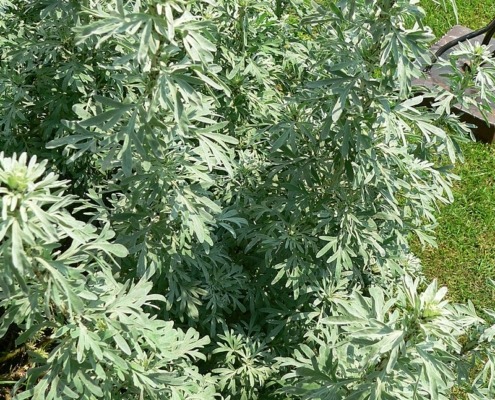 Joan Cass
Joan CassMayans use of Artemisia Wormwood
My study and treatment of others may be useful for your ailments if you are interested in finding out more about the applications of Wormwood and Artemisia absinthium that I have discovered in treating parasites and how this may be related to Leaky Gut Syndrome.
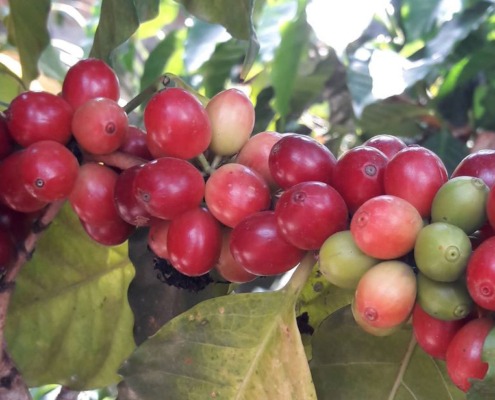 Joan Cass
Joan CassGuatemala Coffee Health Benefits
Guatemala is renowned for producing high-quality single-origin coffee beans that offer unique flavor profiles and characteristics due to the country's diverse geography, altitude, and climate. Here's some information about Guatemala's single-origin coffee and its attributes:
- Geographical Diversity: Guatemala's coffee-growing regions vary in altitude, climate, and soil composition. These factors contribute to the distinctive flavors found in Guatemalan single-origin coffees. The country's coffee regions include Antigua, Atitlán, Huehuetenango, Cobán, and more.
- Flavor Profile: Guatemalan single-origin coffees often showcase a balance of flavors, with tasting notes that can include chocolate, caramel, fruitiness (such as citrus or berry), floral undertones, and sometimes nutty or spicy accents. The volcanic soils and microclimates of the different regions contribute to this complexity.
- Altitude Advantage: Many Guatemalan coffee farms are located at high altitudes, which can contribute to the beans' desirable characteristics. Higher altitudes generally result in slower bean development, leading to increased complexity and acidity in the cup.
- Processing Methods: Guatemalan coffee is typically processed using various methods, including washed (fully washed), natural (dry processed), and honey (semi-washed) processing. Each method can influence the flavor profile, body, and acidity of the final coffee.
- Acidity and Brightness: Guatemalan single-origin coffees are known for their vibrant acidity, which provides a lively and tangy sensation on the palate. This acidity often adds complexity to the overall flavor experience.
- Aroma and Aesthetic: The aroma of Guatemalan coffees can be rich, offering a combination of floral, fruity, and earthy notes. The appearance of the coffee beans varies depending on the processing method but generally tends to be well-developed and of high quality.
- Direct Trade and Sustainability: Many coffee producers in Guatemala are committed to sustainable and ethical practices. Some coffee farms engage in direct trade relationships with roasters, ensuring fair compensation for farmers and fostering long-term partnerships.
- Cultural Heritage: The cultivation of coffee has a significant cultural and historical impact in Guatemala. The country's coffee production has deep ties to its traditions and rural communities, making Guatemalan single-origin coffee not just a beverage but a part of the nation's identity.
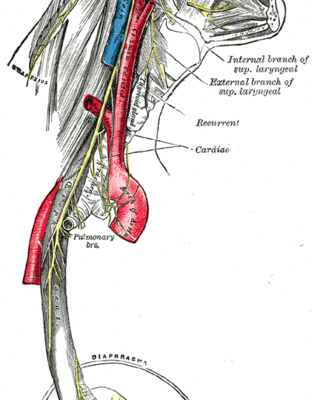 Joan Cass
Joan CassThe Vagus Nerve
This remarkable cranial nerve (the 10th of the 12) plays a crucial role in numerous bodily functions, making it a star player in our internal orchestra.

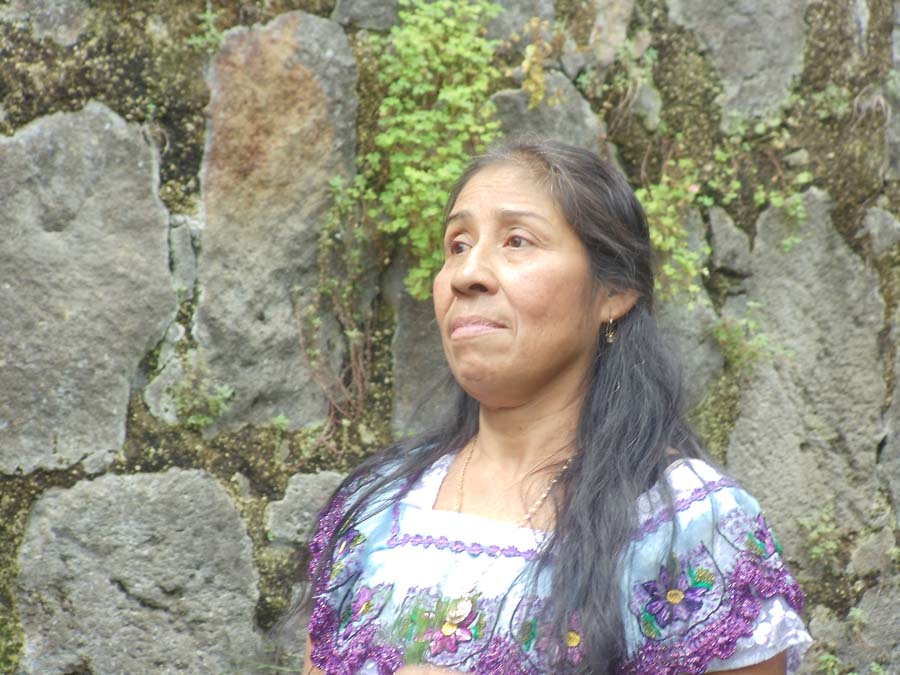
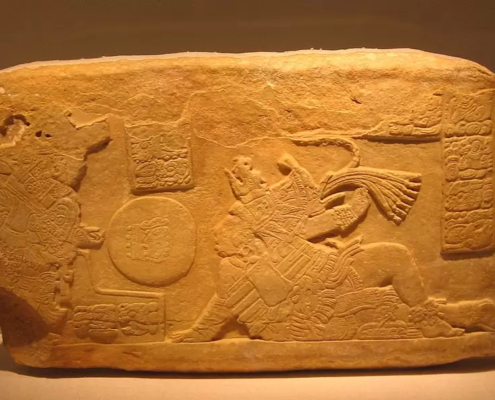 Joan Cass
Joan Cass